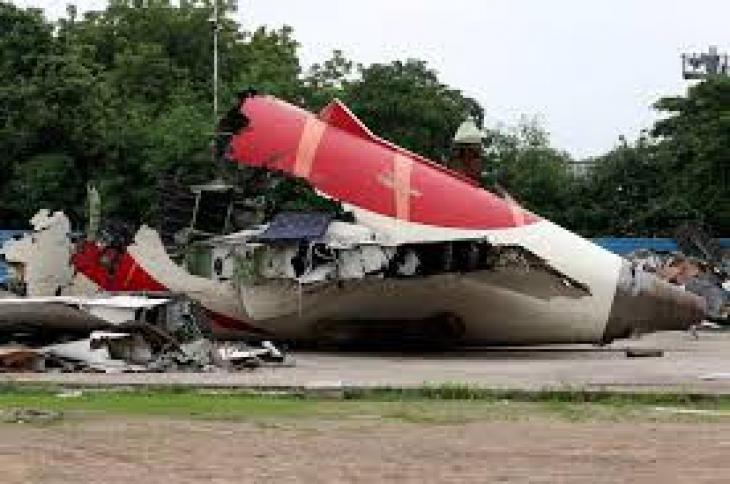
By Publisher Ray Carmen
On June 12, Air India Flight AI 171 departed from Ahmedabad for London. Just seconds into the flight, both engines lost power—and what followed was the deadliest aviation disaster in India in a decade, claiming 260 lives.
Confusion in the Cockpit
The cockpit voice recorder reveals a haunting exchange:
“Why did you cut off the fuel?”
“I didn’t.”
Moments earlier, both engine fuel-cutoff switches were flipped from “RUN” to “CUTOFF”—a move requiring deliberate action, protected by mechanical locks and shielded by guards . Remarkably, one engine did restart when switches were returned—but it was too late to save the flight.
An Unlikely Mishap
These switches demand a pull-up and twist motion, making accidental activation highly improbable . Critics say dual activation by mistake strains credulity, suggesting either a mechanical failure or a conscious decision.
In 2018, the FAA issued an advisory noting a possible disengagement of the switch locks—but it was not deemed unsafe and no mandatory fix was issued . India and South Korea have since ordered inspections on Boeing 787 and 737 fleets.
Rising Suspicion of Human Intervention
Aviation experts describe human intervention as likelier than coincidence—estimating mechanical failure odds at billions to one . One pilot, nearing retirement, reportedly had personal struggles—a detail that fuels speculation though investigator groups caution against assuming intent without evidence.
What We Still Don’t Know
-
Who flipped the switches?
Voice matching is ongoing, but roles remain unclear. One pilot had control while the other monitored.
-
Was it mistake or deliberate?
No alarms or emergency prompts accompanied the switch action—no signs of fire, stall, or protocol breach.
-
Mechanical reliability?
The FAA advisory flagged potential switch lock issues, but neither Boeing nor FAA consider it unsafe.
The Call for Cockpit Cameras
This mystery has reignited the debate on cockpit video. Supporters argue that visual proof—hands on the switches—could resolve scenes in seconds (). Opponents cite privacy concerns. Yet, with 260 lives lost and unanswered questions soaring, many believe safety must transcend secrecy.
What’s Next
-
Voice forensics to map recorded dialogue to crew members.
-
Mechanical testing of switch designs, locking mechanisms, and control units.
-
Cockpit camera trials in search of clarity and accountability.
Final Take
The cockpit voice recorder didn’t close the case—it cracked it open. Neither design flaw nor emergency explains the puzzling switch action. Only when voice identification meets thorough technical review will the world learn who, why, and how. Until then, the silence between those scripted words echoes louder than any engine roar.




